What is stacking in pickleball
Pickleball, a sport that has gained immense popularity across the United States and beyond, combines elements from tennis, badminton, and table tennis. Though simple in its basic play concept, pickleball offers a variety of advanced strategies, one of which is stacking. This technique is pivotal in transforming ordinary doubles play into a game of tactical expertise and is especially useful to maximize a team’s strengths and hide their weaknesses. Understanding and mastering stacking in Pickleball can fundamentally change the dynamics of a game, especially at higher levels of competition.
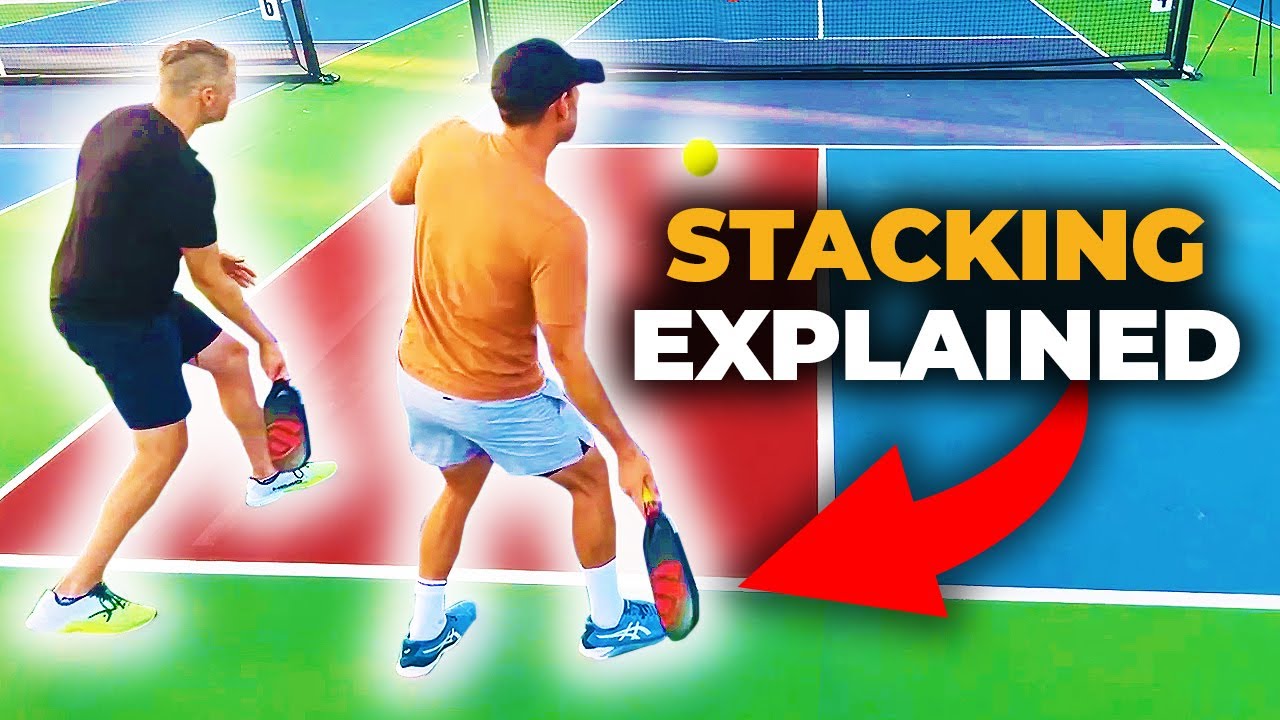
Whether you’re a seasoned player or just beginning your pickleball journey, learning about stacking can significantly enhance your gameplay. This article delves deep into the concept, origins, techniques, and advantages of stacking in pickleball. From understanding the rule book to avoiding common mistakes, this guide aims to equip you with comprehensive knowledge about this nuanced strategy.
What is Stacking in Pickleball?
Definition of stacking
Stacking in pickleball involves both players on a doubles team starting on the same side of the court during the serve or return of serve. This positioning technique, while seemingly straightforward, allows each player to take optimal positions that highlight their strengths and minimize their weaknesses. In essence, teammates align themselves in a specific manner to gain a tactical advantage right from the get-go of each point, irrespective of the initial serving or receiving positions.
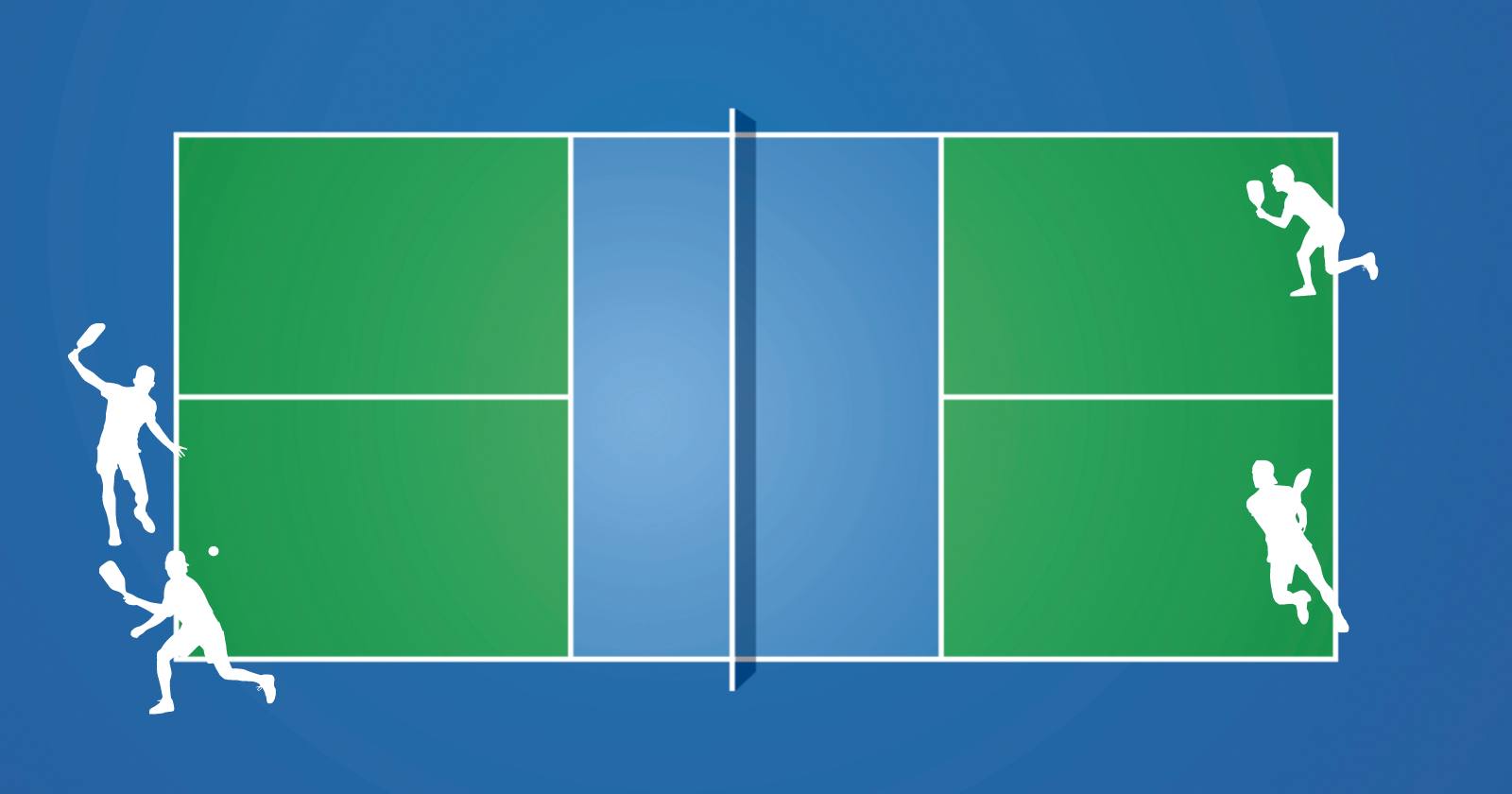
To illustrate, imagine a left-handed player partnering with a right-handed player. By stacking, they can position themselves so that their forehands dominate play on the court. As both players slide into their preferred side after the serve or return, they maintain this advantageous positioning through the rally, creating more opportunities to hit stronger Pickleball shots and control the game.
Origins of stacking in pickleball
Although the exact origins of stacking in pickleball are harder to pinpoint, the strategy has evolved as players and coaches started seeking ways to optimize their play and counteract opponents’ strategies. The technique likely took cues from similar strategies in tennis doubles, where positioning and movement off the ball are crucial.
Stacking gained prominence with the rise of competitive pickleball tournaments. As players faced tough opponents, they began experimenting with different formations and tactics, leading to the broader adoption of stacking. This approach has since been fine-tuned with the help of established coaches and is now a fundamental part of the training regimen for competitive doubles teams.
The purpose of stacking
Advantages of stacking
The strategic underpinnings of stacking offer multiple advantages:
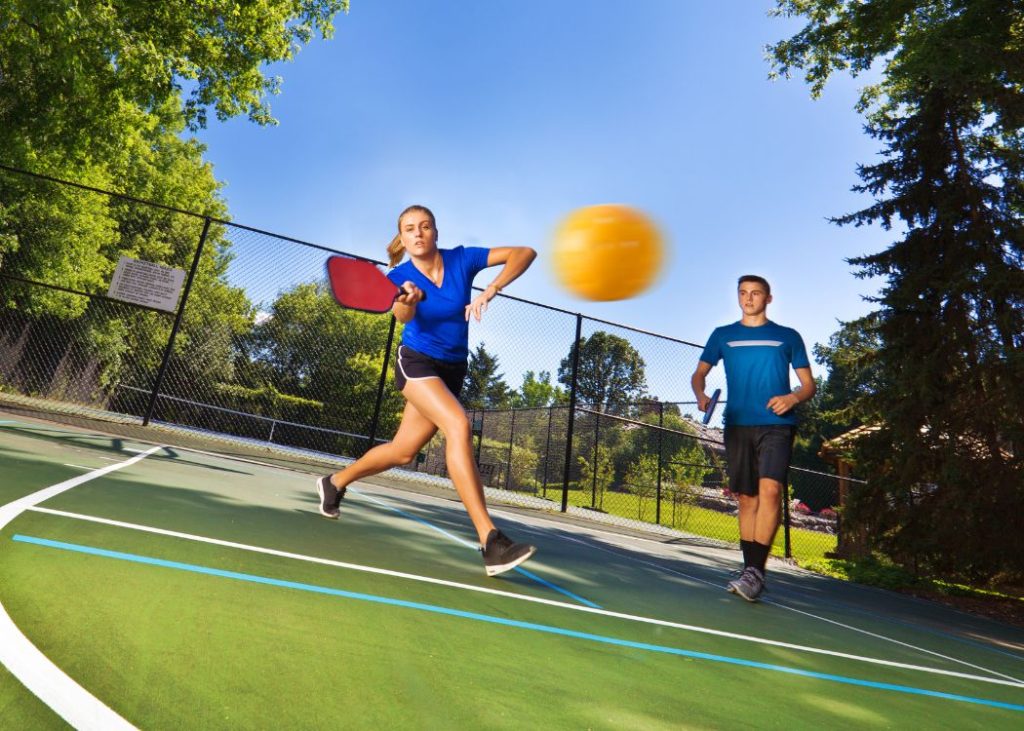
- Dominant Hand Positioning: Stacking allows players to use their dominant hand more effectively. For example, a left-handed player’s strong forehand can be leveraged by positioning them consistently on one side of the court.
- Court Coverage: Enhancing court coverage is another major benefit. Stacking can help players position themselves to cover more ground efficiently, thus reducing open spaces for opponents to exploit.
- Exploiting Opponents’ Weaknesses: By adopting a stacking formation, players can create opportunities to target their opponents’ weaknesses more precisely. This can be especially useful if opponents are weaker on particular shots or less coordinated in switching positions.
- Maintaining Consistency: Unlike traditional positioning, stacking ensures players can maintain their preferred side throughout the match, reducing the confusion that often comes with constant side switching. This consistency can boost overall team performance.
When to use stacking
Knowing when to use stacking is crucial for its effectiveness. Here are some optimal scenarios:
- Against Specific Opponents: Stack when facing opponents whose weaknesses you can target. For example, if the opposing team struggles with backhand returns, positioning both players on their weaker side can give you an edge.
- To Confuse Opponents: Integrating stacking can disrupt the rhythm and mental flow of your opponents, potentially forcing errors and reducing their confidence.
- To Maximize Strengths: When your team comprises a mix of strong forehand and backhand players, stacking can spotlight these specialties, transforming potential gaps into fortified zones.
- During the Serve or Return: Stacking is most commonly employed during serves and returns to immediately establish positional advantage and dominate the ensuing rally.
How stacking works
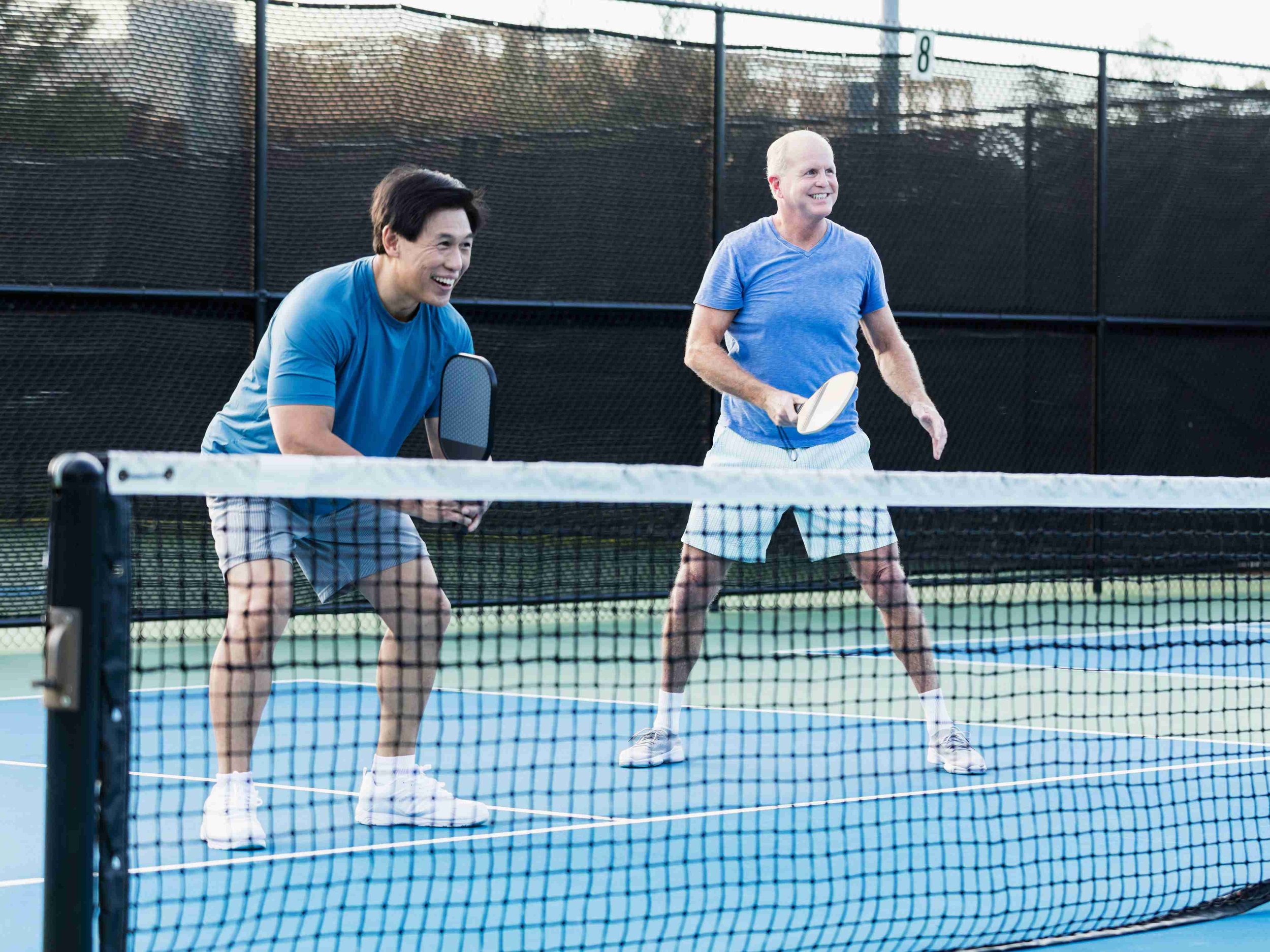
Traditional positioning vs. stacking
The main distinction between traditional positioning and stacking lies in the initial and transitional player placement.
- Traditional Positioning: Both players start on opposite sides of the court and switch sides frequently based on the point’s outcome. While this is straightforward, it often doesn’t capitalize on individual strengths.
- Stacking: Both players start on the same side for the serve or return. Post-serve or post-return, they slide into their optimal positions. This minimizes time spent adjusting and maximizes efficiency and tactical strength from the start.
| Aspect | Traditional Positioning | Stacking |
|---|---|---|
| Starting Position | Opposite sides | Same side |
| Transition | Switch sides based on point outcome | Slide into preferred positions post-serve/return |
| Time Spent Adjusting | Moderate | Minimal |
| Tactical Advantage | Variable, depending on strengths and weaknesses | Maximized, leveraging strengths |
| Confusion Potential for Opponents | Low | High |
Full stacking vs. partial stacking
The implementation of stacking can vary, notably in the form of full and partial stacking.
Full Stacking:
- Both players consistently use the stacking method for every serve and return throughout the match.
- Promotes familiarity and reduces the chances of miscommunication by creating a predictable pattern.
Partial Stacking:
- Players adopt stacking selectively, such as only during serves or only during returns.
- Offers flexibility and can switch between traditional positioning and stacking based on opponents or game situations.
Comparison Table:
| Type | When Used | Advantages | Disadvantages |
|---|---|---|---|
| Full | Every serve and return point | Consistency, predictability, tactical strength | Predictable pattern, requires high coordination |
| Partial | Selective serves or returns | Flexibility, adaptability | Potential for confusion, mixed tactics |
Stacking techniques
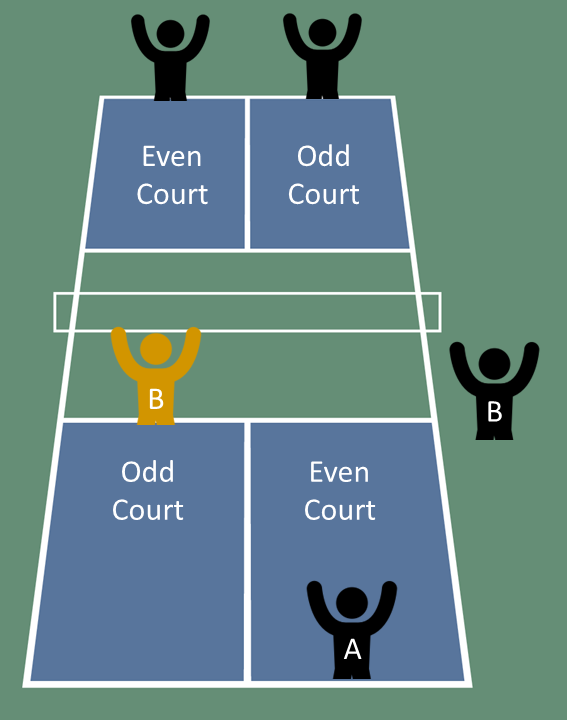
Stacking for left-handed and right-handed players
One of the most effective uses of stacking is for teams comprising both a left-handed and a right-handed player. Here’s why:
- Forehand Dominance: The core advantage lies in keeping both players’ forehands in the middle of the court, making it easier to cover the court’s width and play offensive shots.
- Seamless Transition: This arrangement simplifies movement post-serve or post-return, as players naturally shift to their dominant sides.
For example, in a lefty-righty pair:
- Lefty starts on the right side during the serve/return, ready to cover middle or backhand shots.
- Righty starts on the same side, transitioning to cover the forehand after the serve/return.
Stacking strategies during serve
When using stacking during the serve, the objective is to quickly transition into an optimal court positioning:
- Server Positioning: The server stands in the designated service box, while their partner stands close but out of the active playing area, ready to move.
- Post-Serve Movement: Once the serve is completed, the non-serving partner moves swiftly to their dedicated side, while the server follows suit ensuring no gaps are left open for the opponent to exploit.
Stacking strategies during return of serve
For returns, the strategy aims at neutralizing the opponent’s serve while setting your team for counterattacks:
- Receiver Positioning: The receiver stands ready in their service box, while the partner situates themselves out of immediate play, allowing a prompt reposition post-return.
- Post-Return Transition: Upon returning the serve, the returning player moves to their advantageous position (often forehand-dominant), while the partner transitions to cover remaining court spaces effectively.
Rules and regulations
Legal aspects of stacking
Stacking is entirely within the legal framework of pickleball. The sport’s regulations have no restrictions on the positioning of players on the court, except for the positions of the server and the receiver:
- Compliance with Serving Rules: The server must serve from the correct position based on score and server sequence.
- Receiver Positioning Compliance: The receiver must stand within the correct service court area, as defined by standard rules.
Serving and receiving rules associated with stacking
While stacking, players must adhere to standard serving and receiving rules:
- Serving Rules: The server needs to remain positioned in the designated service box, ensuring their serve clears the net and lands in the opponent’s service box without faults.
- Receiving Rules: The receiver has to be within their designated service box, being ready to engage immediately post-serve.
Violation of these rules while stacking can lead to faults and penalties, ensuring both teams must maintain compliance.
Common mistakes in stacking
Avoiding confusion in player positioning
A major mistake in stacking arises from confusion surrounding player positioning:
- Solution: Use clear, predefined signals and thorough practice to ensure both players understand their roles and movements.
Importance of communication when stacking
Effective communication is critical in stacking to avoid overlapping movements and tactical blunders:
- Utilize Hand Signals: Simple, non-verbal cues can effectively signal intentions and upcoming movements.
- Verbal Coordination: Short, concise verbal commands can ensure immediate and clear communication.
- Pre-Match Strategies and Practice: Establish roles, practice consistent stacking patterns, and adapt based on in-game feedback.
Benefits of mastering stacking
Maximizing player strengths
Mastering stacking enables each player to amplify their strengths:
- Stronger Dominant Shots: Players can consistently use their more powerful shots (e.g., forehands).
- Efficient Court Coverage: By positioning themselves optimally, players can cover more ground and react faster to opponents’ shots.
Hiding player weaknesses
Similarly, it helps in concealing weaknesses:
- Minimized Exposure: Positions players away from areas they are less comfortable or effective in.
- Balanced Play: Ensures both players cover each other’s weaknesses seamlessly, creating a more balanced team performance.
Stacking in competitive play
How pros use stacking
Professional pickleball players use stacking to maintain a tactical edge:
- Consistent Forehands: Professionals leverage their stronger forehead by keeping those shots in play more frequently.
- Fast Transitions: Quick, smooth movements post-serve/return ensure minimal vulnerabilities.
Strategies to counteract stacking
Opponents encountering stacked teams often use counter-strategies:
- Shot Placement: Hitting shots deep and wide can exploit temporary gaps in stacked teams.
- Pace Variation: Mixing shot speeds can disrupt the rhythm and coordination of the stacking team.
- Focused Targets: Aiming at the weaker side of the player’s court, commonly during transitional movements.
FAQs
What is the stacking rule in pickleball?
Stacking in pickleball is a legal technique where both doubles players start on the same side of the court. There are no specific rules against stacking; however, players must ensure they adhere to serving and receiving positions based on the scoring system.
What is switching vs stacking in pickleball?
Switching: During a regular play, players move around the court to cover their sides after a point commences.
Stacking: Players position themselves on the same side before a serve or return to immediately occupy their optimal positions post-serve/return.
What is the two-shot rule in pickleball?
The two-shot rule mandates that the ball must bounce once on each side before players can volley hit it in the air without it bouncing. This rule minimizes the advantage of serve and return and extends rallies.
Can you hit the ball twice on one side in pickleball?
No, hitting the ball twice consecutively by the same player is considered a fault and results in the loss of the point. However, if two teammates inadvertently hit the ball consecutively while on the same team, it is still deemed a fault.
Conclusion
Stacking in pickleball, while often perceived as a complex strategy, unfolds a world of tactical depth and gameplay advantage. Mastering this technique can drastically pivot the outcome of matches by leveraging strengths, hiding weaknesses, and presenting an often confusing and challenging formation to opponents. The journey to perfect stacking involves clear communication, continuous practice, and a keen understanding of its rules and regulations.
Whether you’re aiming to elevate your competitive edge or seeking to fine-tune your doubles’ play, integrating stacking into your pickleball strategy is a vital step. Embrace the nuanced positioning, and you may find yourself dominating the court more consistently than ever before!
